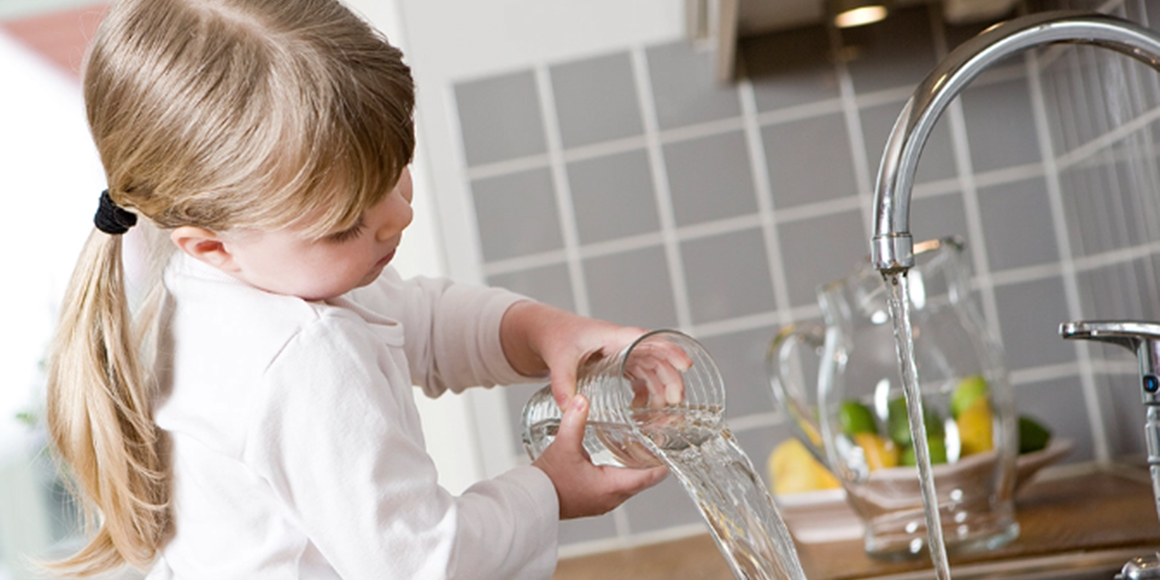
Water purification is the procedure of removing certain chemicals and other undesireable items from water. The goal is to produce water fit for a specific purpose. Most drinking water is disinfected for consumption, but the water purification process may also be utilized for various other purposes, such as for medical, pharmacological, chemical and industrial applications. Filtration, sedimentation, and distillation as well as many other more complex procedures are all processes used to conduct this transformation.
Purifying water may reduce the concentration of particulate matter including suspended particles, parasites, bacteria, algae, viruses, fungi, as well as reducing the amount of a range of dissolved and particulate material derived from the surfaces that come from runoff due to rain.
Different governments or international orginizations help to set the benchmarks for drinking water standards. These standards usually maintain specific requirements for concentrations of contaminants, depending on the intended purpose of the water’s usage.
The quality of the water cannot be determined based soley on visual inspection. Basic procedures such as boiling or the use of a household carbon filter are not sufficient for treating all the possible contaminants that may be present in water. Even natural spring water has to be tested before determining what kind of treatment is needed. Technically, the only way to completly determine the most effective method of purificaion is with chemical and microbiological analysis.
The reduction of deaths from water based diseases is a major public health focus in developing countries. Over one billion people lack access to a clean drinking water supply and eighty eight percent of the four billion annual cases of diarrheal disease are attributed to unsafe water and inadequate sanitation and hygiene according to a 2007 World Health Organization (WHO) report, while nearly two million people die from diarrheal diseases each year. The WHO estimates that ninty four percent of these diarrheal cases are preventable with proper improvements to the environment, including access to safe water. Simple methods for treating water at home, such as chlorination, filters, and solar disinfection, and storing it in safe containers could save a huge number of lives each year.
